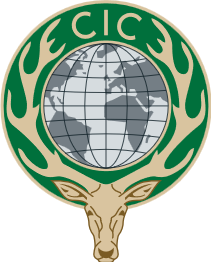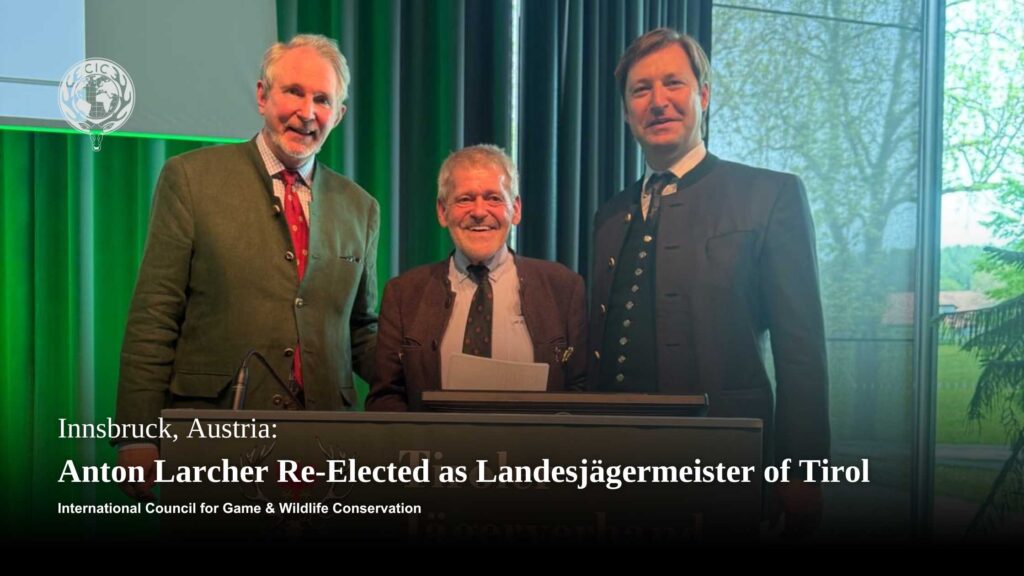Home » News & Press » Applied Science Division Session 1: Small Game in Europe
Applied Science Division Session 1: Small Game in Europe
Facebook
X
LinkedIn



